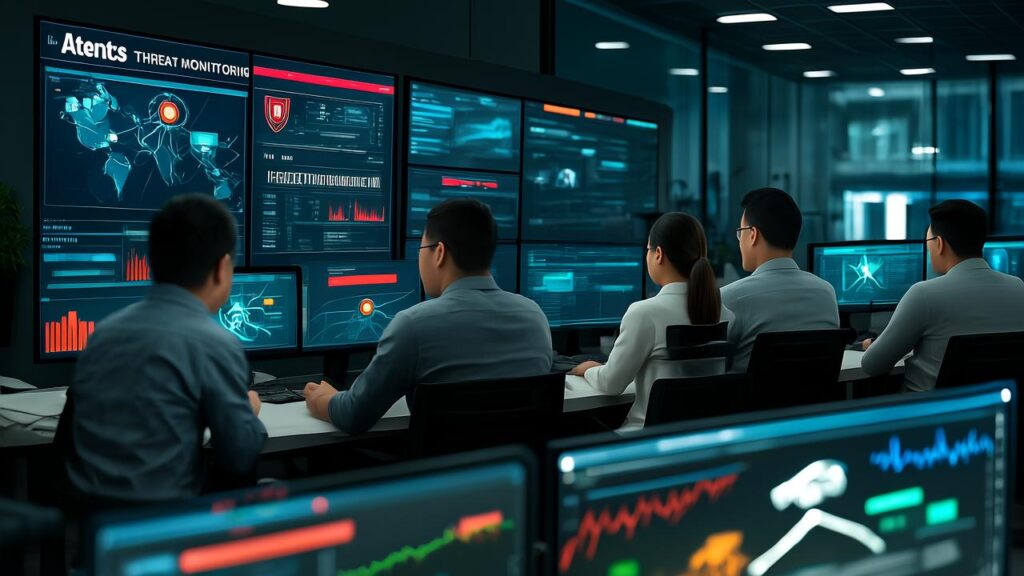Cyberthreats are always present. They can attack at any time and don’t keep office hours. That’s why your security efforts cannot afford to take a break. With the growing frequency and impact of attacks, 24/7 threat monitoring has shifted from being a “nice-to-have” solution to a non-negotiable aspect of modern cybersecurity.
It doesn’t matter if you run a mid-sized enterprise or a global corporation. The ability to detect and respond to threats in real time is now vital to protect your data, your operations, and your reputation.
The Changing Nature of Cyberthreats
Remember when attackers would only rely on simple malware and opportunistic phishing scams? Well, the landscape has changed considerably in recent times. Sophisticated adversaries use everything from social engineering to zero-day exploits to gain a foothold. They also often strike during off-hours when defenses are thin.
Take ransomware groups as an example. These groups are known to strike late at night or on weekends, hoping to catch teams off guard. This issue is that a delayed response, even if it’s only a few hours, can result in significant damage to your business.
The Cost of Missed Threats
The average time to detect a breach is still measured in days, oftentimes even weeks. In fact, according to recent studies, the average lifecycle for breaches sits at a staggering 277 days. In that time, attackers can exfiltrate sensitive data, set up long-term access points, and cause major damage in other ways.
Without 24/7 monitoring in place, threats that enter your environment at, say, midnight on a Saturday may not be noticed until Monday morning. By then, the damage could already be done. The financial toll of these delays is steep, including:
- Lost productivity
- Recovery costs
- Legal fees
- Regulatory penalties
- Reputational harm
Understandably, the long-term cost of a breach typically far exceeds the investment in continuous monitoring.
Why Automation Isn’t Enough
Yes, automated detection tools are valuable. The likes of antivirus software and endpoint protection can catch many threats. However, they aren’t foolproof. Alerts can be missed or drowned out in a flood of false positives.
So, what’s needed? You need to take this automation and combine it with human analysis. Cybersecurity professionals can contextualize alerts and recognize patterns. Importantly, they can respond intelligently to incidents, in a way that machines might not fully understand.
The problem: doing this effectively demands round-the-clock attention.
The Role of Managed Detection and Response
For many organizations, an in-house security operations center with 24/7 staff is unrealistic. That’s where the likes of managed detection and response services come into play.
MDR providers combine advanced threat detection tools with human-led analysis and response. The result: businesses gain full-time coverage without the overhead. These services can also identify and contain threats within minutes, not days. This drastically reduces the impact of attacks and strengthens your security posture over time.
Conclusion
Cyberthreats don’t take breaks. Your defenses must match this energy. Round-the-clock monitoring is a necessity in the current business world. With 24/7 protection, you gain operational resilience and support for long-term business success.







